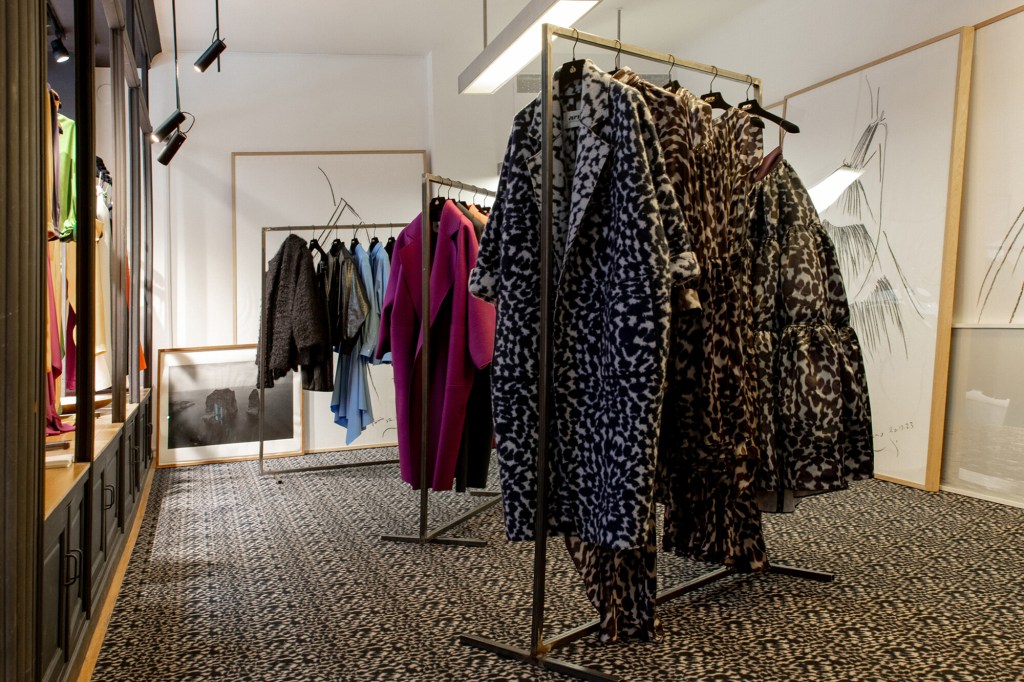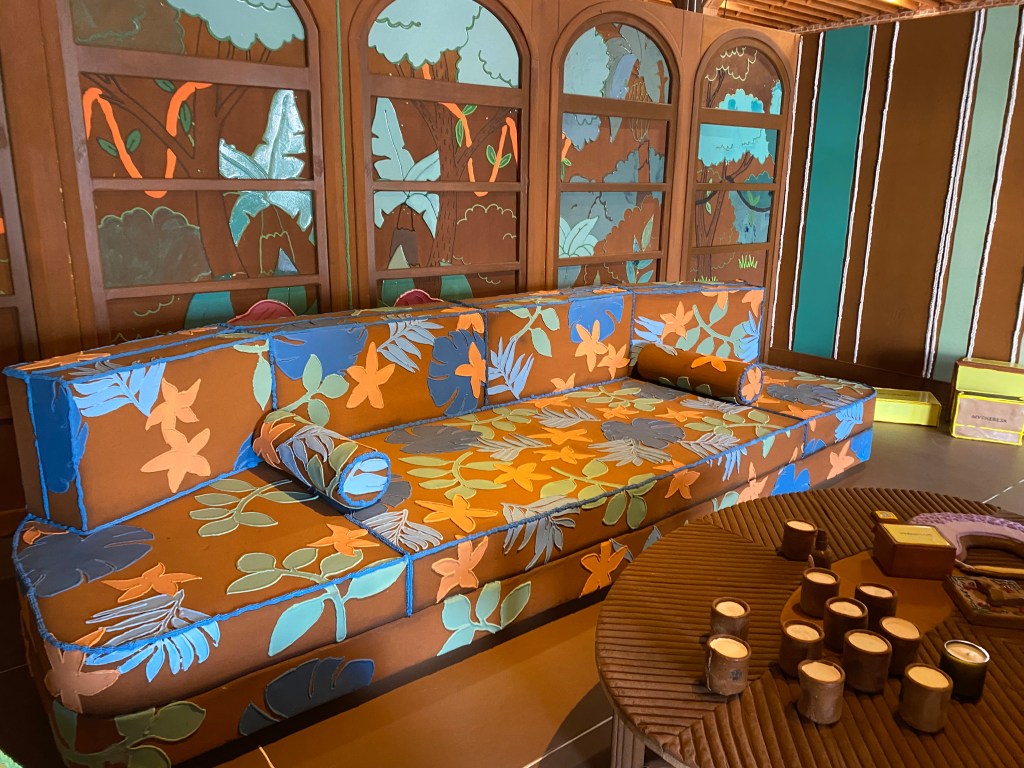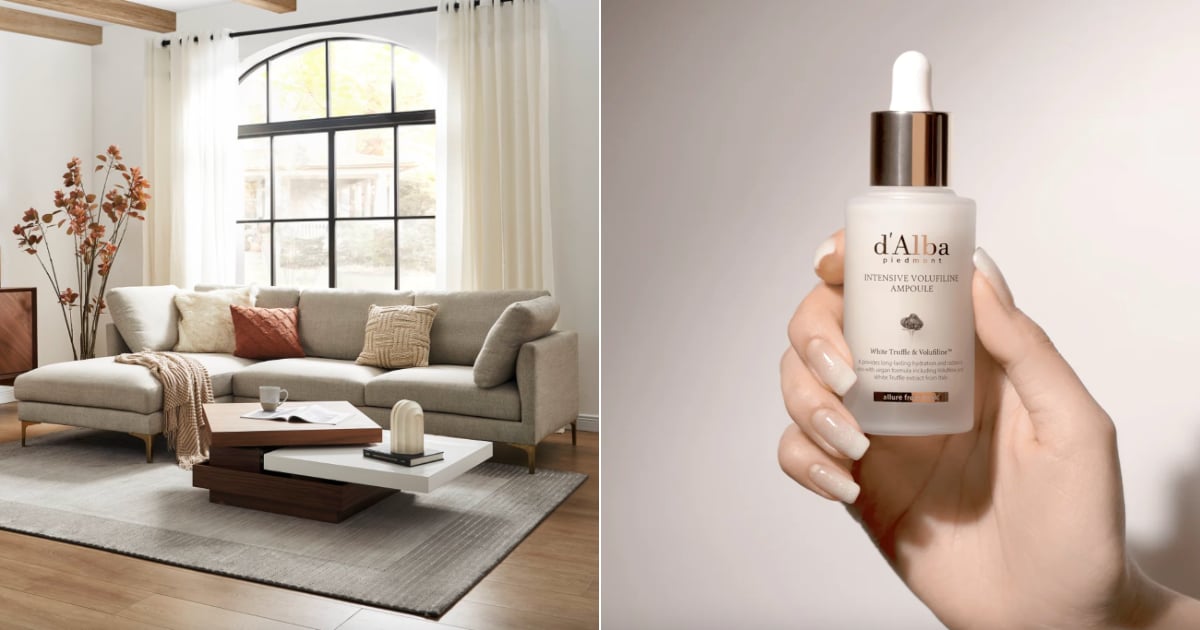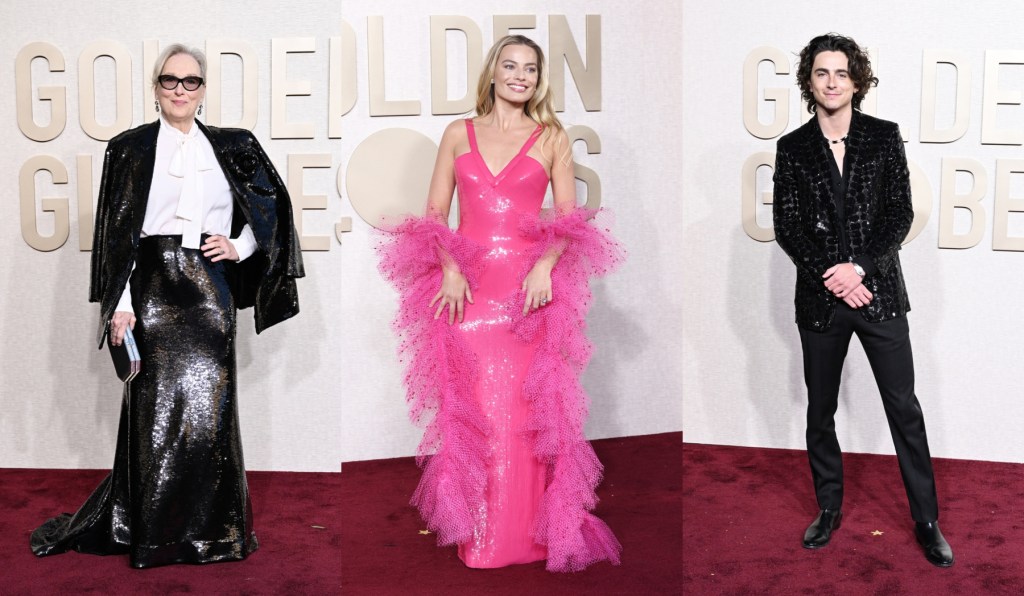When Rabih Kayrouz left Rue Saint-Roch as a 1994 graduate of the École de Chambre Syndicale de la Haute Couture, he never imagined that a few decades later he’d be a few doors down with his first Paris pop-up store.
“It was really touching when we visited the space,” he told WWD ahead of its opening on Tuesday. “I thought ‘wow, 30 years’ and I’m back in this street with a boutique.”
Not that he’s being nostalgic. The 750-square-foot space on two levels, open until May 30, is about now and a growing desire to make his universe more accessible to those who might be scared off by his Left Bank couture studio tucked in a courtyard.
“I wanted this new approach of being ever close to the client and offering her this wardrobe in an even more direct way,” he said, calling the move a continuation of the strategy initiated in 2020 with the opening of the Mount Street store in London, slowed by the pandemic and the Beirut explosion later that year.
Those travails are now in the rearview mirror, although his Beirut store remains in a temporary boutique not far from the brand’s damaged former home.
Although the privately held company does not disclose its figures, Kayrouz said it was back on the upwards dynamic that had started with the arrival of partners such as financier Fawzi Kyriakos-Saad and the nomination of Sophie Lecocq as general manager, both in 2017.
This year, its sales in London have leaped 33 percent, a sign that the Maison Rabih Kayrouz personal and personable touch are working, in his opinion.
Wholesale represented up to 80 percent of the business, said the couturier, a proportion that has decreased with the opening of the London store. “The goal is to flip things around, with our own retail growing to more than 50 percent,” he said. “That’s why we are continuing our relationship with historical partners and very strategic ones but not opening to more wholesale doors.”
The brand is carried by the likes of Ikram in Chicago, Philadelphia’s Boyds and Dover Street Market in London, boutiques where buyers “work with the heart” and “buy because it matches an emotion they’re looking for,” he added.
This is also what he wants the Rue Saint-Roch pop-up in Paris to exude, having imagined it as a condensate of his creative universe.
The floors are decked in custom carpeting echoing his signature leopard print, while the walls of the ground floor, visible from the street, are lined with giant versions of his sketches, which are usually tucked away in his atelier on the Left Bank’s Boulevard Raspail.
On the first floor, where an evening-oriented selection will be on display, there are photographs from his personal collection, ranging from views of Lebanon to works of art and even his personal collection of 19th century glass funnels.
In a corner, a screen shows his 15 years of runways, an exercise that Kayrouz was glad to have done but doesn’t miss.
“I love clothes, I don’t love fashion,” he said of his decision to step away from the Paris calendar and the runway exercise. “Through time, we do things that suit us. There are times for 300-people celebrations and others for quality time with one person. That’s the kind of meeting I’m favoring now.”
During a preview, passersby knocked on the door to have a closer look at the golden yellow charmeuse dresses or diamond jacquard jackets hanging in the window, but the first looks on display in the pop-up aren’t quite ready to take to the streets: they were Maison Rabih Kayrouz’s fall 2024.
Titled “Back Home,” his collection narrates the story of a woman returning home after a prolonged absence. “She finds her objects, her clothes and even prints that have changed colors, taken new shapes,” said the couturier. “She starts to have fun, putting on her clothes and finding new ways of wearing them while keeping their essential and timeless side.”

Exhibit A: a tiered cape that could be mistaken for a skirt or the way a leopard print took a light blue tinge, as if the textiles had been solarized.
Elsewhere, he gave a lived-in look to a pencil skirt and blouson cut from a crackled coated canvas that evoked vintage vinyl and used felted wool knit for a roomy coat, giving it heft and the charm of a well-loved staple.
In all, the sharpness of Kayrouz’ strict lines was offset by generous cuts and materials with a soft, rounded hand that followed the curve of the female form as they fell, like a cotton-cashmere mix used for tailored slacks or silk for drawstring pants that looked more comfortable yet chic.
Upstairs, there were gowns in neon-bright silk taffeta, part of the ready to wear line but “with that couture allure.”
Of the past quarter of a century, Kayrouz said it was filled with “sublime, beautiful surprises” but that the biggest gift was meeting those who inspired, supported and worked with him.
“When I receive a client, it’s as it it was the first time and when I start a collection, I start with the same enthusiasm as if I had a carte blanche,” he said. “On the inside, I don’t feel like [my brand] is 25. I have the impression that I’m at the beginning.”



